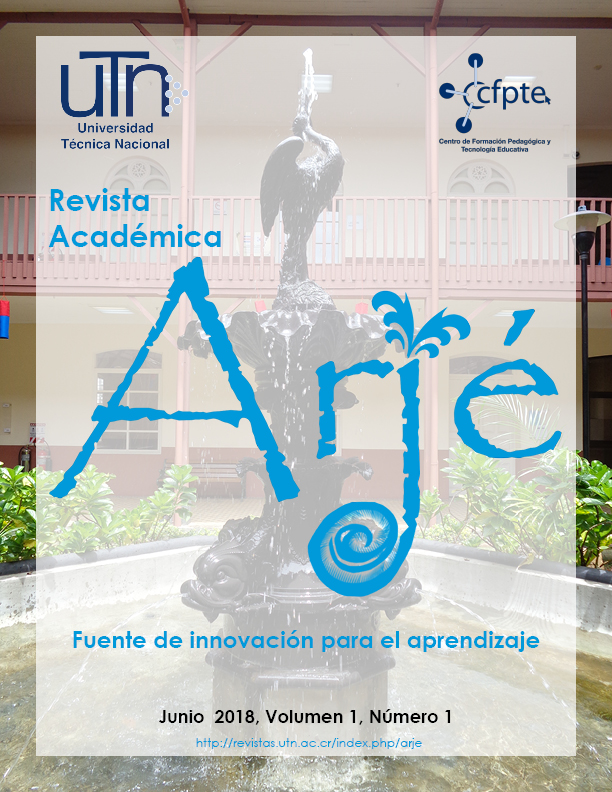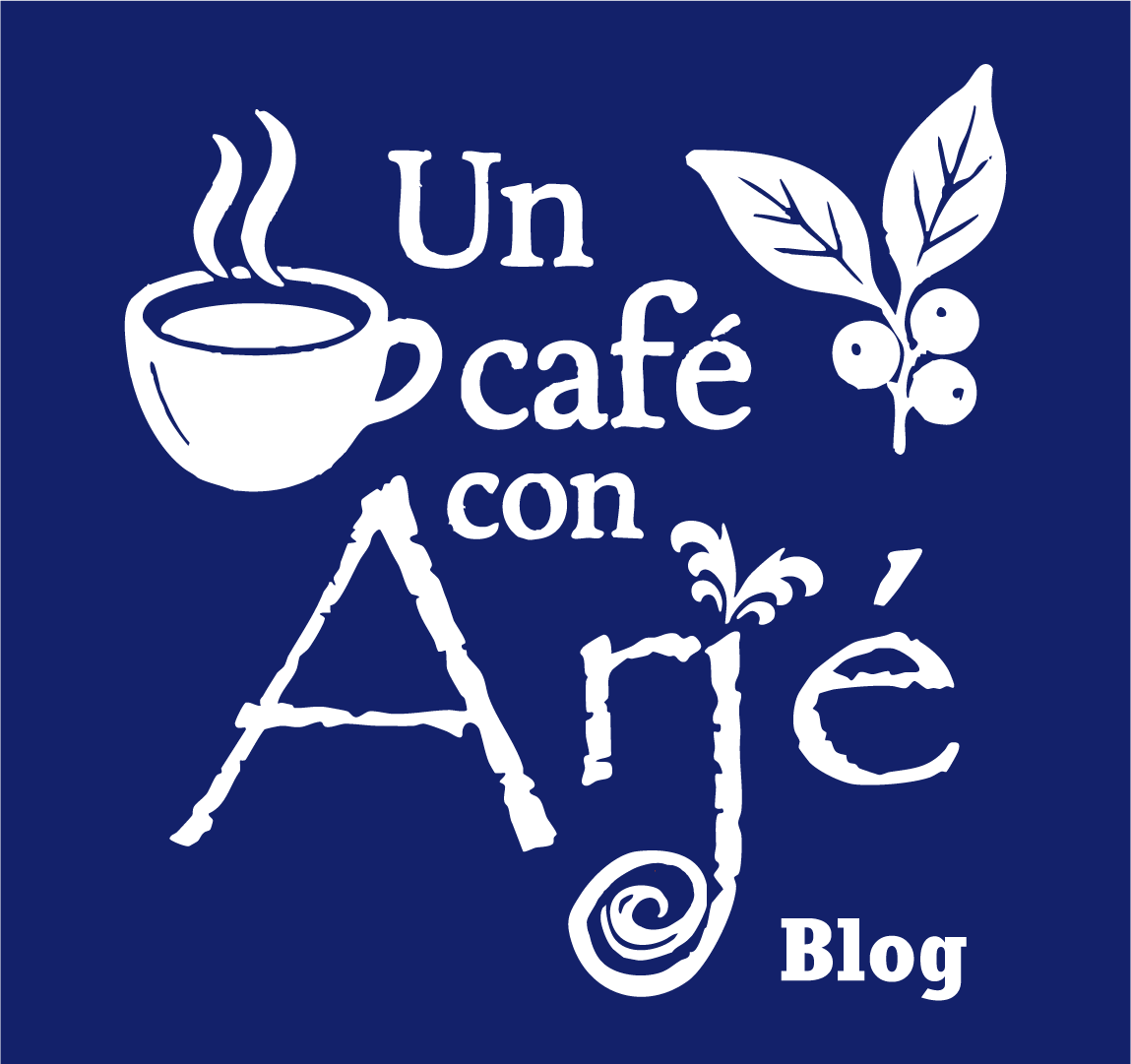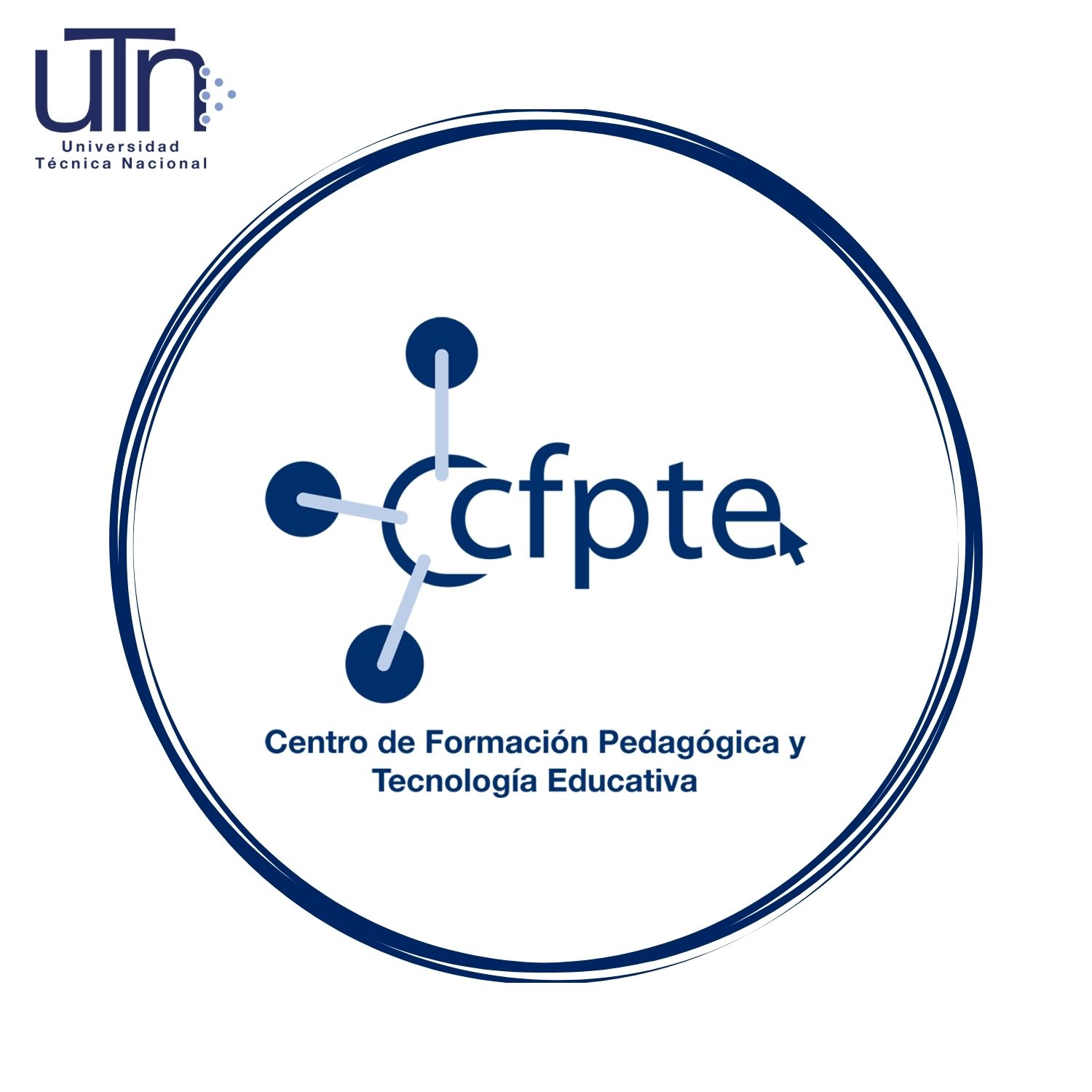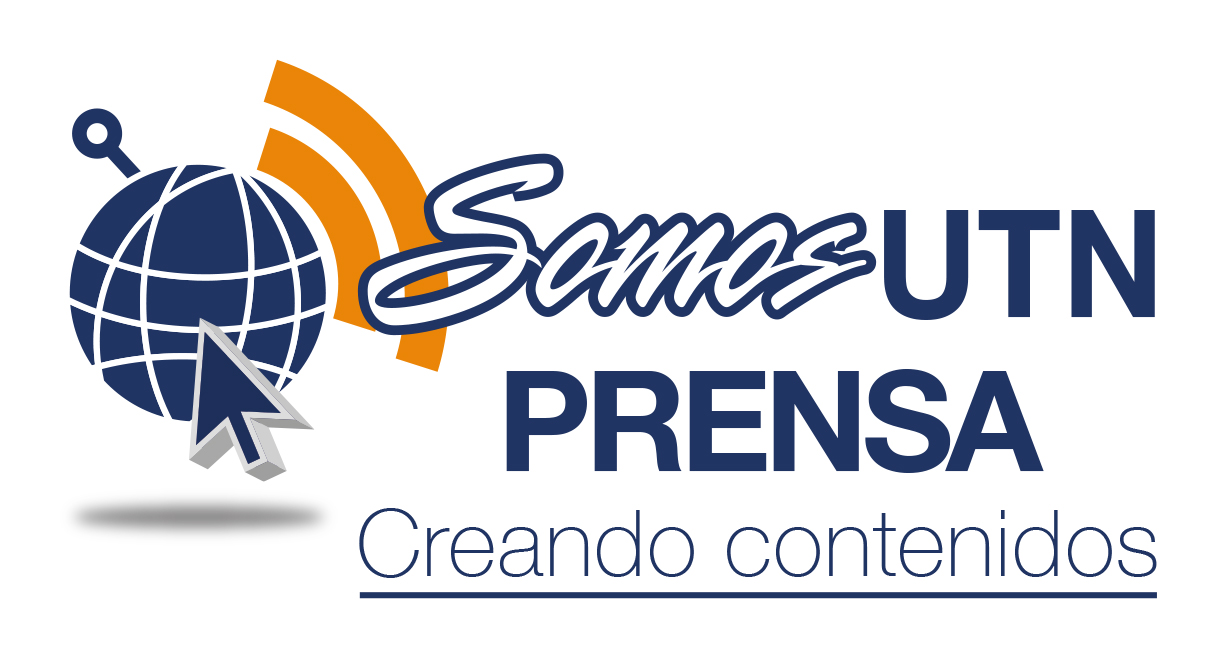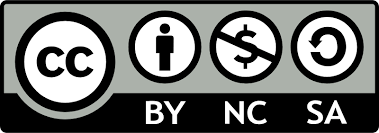Neuroeducation and the need for its implementation in the teaching-learning processes of biology, carried out in Costa Rican classrooms
DOI:
https://doi.org/10.47633/4z0rfc20Keywords:
neuroeducation, brain, neuroplasticity, biology, pedagogyAbstract
Research on the functioning of the nervous system, and especially the brain, has made it possible to clarify how human beings, as a rational species, have the ability to learn constantly and how these investigations have developed neuroeducation, which has become an option that facilitates learning in classroom settings through the understanding of brain and neuron functioning. Taking into account all the advances in neuroeducation, there arises the need to incorporate neuroeducational techniques into the learning of disciplines such as biology in secondary education, which has often been approached in a highly memoristic way, creating a barrier to meaningful learning.
Downloads
References
Assmann, H. (2002). Placer y ternura en la edu-cación. Hacia una sociedad aprendiente. Madrid, Spain: Narcea S. A. de Ediciones.
Carew, T. J., and Magsamen, S. H. (2010). Neuroscience and education: an ideal partnership for producing evi-dence-based solutions to guide 21 st century learning. Neuron 67, 685–688. doi: 10.1016/j.neuron.2010.08.028
Campos, A. Neurociencia: unien-do las neurociencias y la educación en la búsqueda del desarrollo humano. La Educación, 2010, P.5
De la Barrera, M. & Donolo,D. (2009). Neu-rociencias y su importancia en con-textos de aprendizaje. Revista Digital Universitaria. 10(4), ISSN: 1607-6079.
Flores, L. (2012). Aprendiencia en la docen-cia y construcción de conocimiento biopedagógico. Educare. 16/2): 85-93.
Garcés-Vieira MV, Suárez-Escude-ro JC. (2014). Neuroplasticidad: as-pectos bioquímicos y neurofisio-lógicos. CES Med. 28(1): 119-132.
Harlen, W. (2013). Evaluación y Educación en Ciencias Basada en la Indagación: Aspectos de la Política y la Práctica. Glo-bal Network of Academies (IAP) Scien-ce Education Programme.
Trieste, Italia. Iacoboni, M. (2009). Las neuronas espe-jo. Empatía, neuropolítica, autismo, imitación o de cómo entendemos a los otros. Madrid: Katz Editores.
Leisman, G., Mualem, R., & Mughrabi, S. (2015). The neurological development of the child with the educational enrichment in mind. Psicología Educativa. 21 (2) 79-96.
Maturana, H. y F. Varela. (2004) De má-quinas y seres vivos: autopoie-sis la organización de lo vivo. Bue-nos Aires, Argentina, Universitaria.
Ministerio de Educación Pública. (2015). Fundamentación pedagógica de la transformación curricular. Costa Rica.
Ministerio de Educación Pública. (1994). Políti-ca Educativa Hacia el Siglo XXI. Costa Rica.
Ministerio de Educación Pública (2017). Trans-formación curricular: un avance decisivo hacia la Nueva Ciudadanía. Costa Rica.
Pereira-Chaves, J. (2015). Las estrate-gias metodológicas en el aprendiza-je de la biología. Uniciencia, 29(2), 62-83. Recuperado de https: http://www.revistas.una.ac.cr/index.php/uniciencia/article/view/6759/6902
Rodríguez, L. M. (2002): Aprendizaje entre iguales y construcción de concep-tos. Journal for the Study of Educa-tion and Development, 25, 277-297.
Salazar, S. (2005). El aporte de la neurociencia para la formación docente. Revista Electrónica Actualidades Investigativas en Educación, 5 (1).
Siemens, G. (2004). Connectivism: A Learning Theory for the Digital Age. Elearnspa-ce. Recuperado de http://www.elear-nspace.org/Articles/connectivism.htm
Downloads
Published
Issue
Section
License
Copyright (c) 2018 Karina Ramírez Pérez

This work is licensed under a Creative Commons Attribution-NonCommercial-ShareAlike 4.0 International License.
All articles in the Revista Académica Arjé are published under the Creative Commons Attribution-NonCommercial-ShareAlike 4.0 International License (CC BY-NC-SA 4.0).
This means that:
-
Attribution: Proper credit must be given to the original authors, a link to the license must be included, and any changes made must be indicated.
-
NonCommercial: The material may not be used for commercial purposes.
-
ShareAlike: If the work is adapted or remixed, the resulting version must be distributed under the same license.
More information at: https://creativecommons.org/licenses/by-nc-sa/4.0/deed.en
